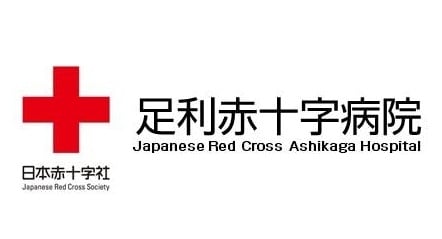Cardiovascular Medicine
Cardiovascular Medicine Department
We serve as the primary treatment facility for patients with cardiovascular issues in the southern Tochigi and Ryomo regions. Emergency care, close coordination with local physicians after a patient’s critical period, and evidence-based medicine are the three driving principles behind how we manage the department.
We admit approximately 1000 patients in a typical year, and 60% of these will be suffering from coronary artery disease, 30% from heart irregularities such as cardiomyopathy or valvular heart disease, and 10% from other heart-related conditions, such as myocarditis, endocarditis, congenital malformations, irregular heartbeat and the like.
We admit approximately 1000 patients in a typical year, and 60% of these will be suffering from coronary artery disease, 30% from heart irregularities such as cardiomyopathy or valvular heart disease, and 10% from other heart-related conditions, such as myocarditis, endocarditis, congenital malformations, irregular heartbeat and the like.
Coronary Artery Disease
We perform approximately 1000 coronary angiograms per year, and nearly half of these (480) become percutaneous coronary intervention (PCI) procedures where, in addition to confirming the condition of the patient’s blood flow in the coronary arteries, we place stents inside the patient’s arteries, or use a rotablator to clear plaque and improve blood flow. Perhaps 220 of these are emergency cardiac catheterization procedures to treat various forms of acute coronary syndrome. For victims of myocardial infarctions (heart attacks) within 12 hours of their attack, or those with symptoms continuing after the 12-hour point we do direct PCI procedures 24 hours a day, as needed. Such patients are typically hospitalized for 7 to 14 days. 7% of admitted heart attack patients die at the hospital, but the vast majority of the deaths are among the extremely aged, those who weren’t treated until more than 24 hours after the onset of symptoms, or patients who were in cardiogenic shock at the time they were brought to the hospital. For victims of unstable angina (sudden chest pain), we generally perform angiography shortly after admission and any PCI procedures as necessary. Inpatient stays for such patients are generally only a few days.
Arteriosclerosis Obliterans (blocked trunk or leg blood vessels)
For patients suffering from decreased circulation in blood vessels in their trunk or legs due to plaque buildup, we are proactively performing percutaneous transluminal angioplasty (PTA) and have a strong track record in treating cases of chronic total occlusion (CTO), which was difficult with prior catheter-based techniques.
Other Procedures
In addition to the above, the department performs endovascular stent graft procedures to treat aortic aneurysms, shunt PTA to clear obstructions in arteriovenous shunts on dialysis patients, catheter treatments for stenosis of the renal or sub-clavian arteries, placing inferior vena cava (IVC) filters to help prevent deep-vein thrombosis, coil embolization techniques to treat patent ductus arteriosus (PDA) or a coronary-pulminary artery fistula, and percutaneous transseptal mitral commissorotomy (PTMC) procedures to treat mitral valve stenosis.
